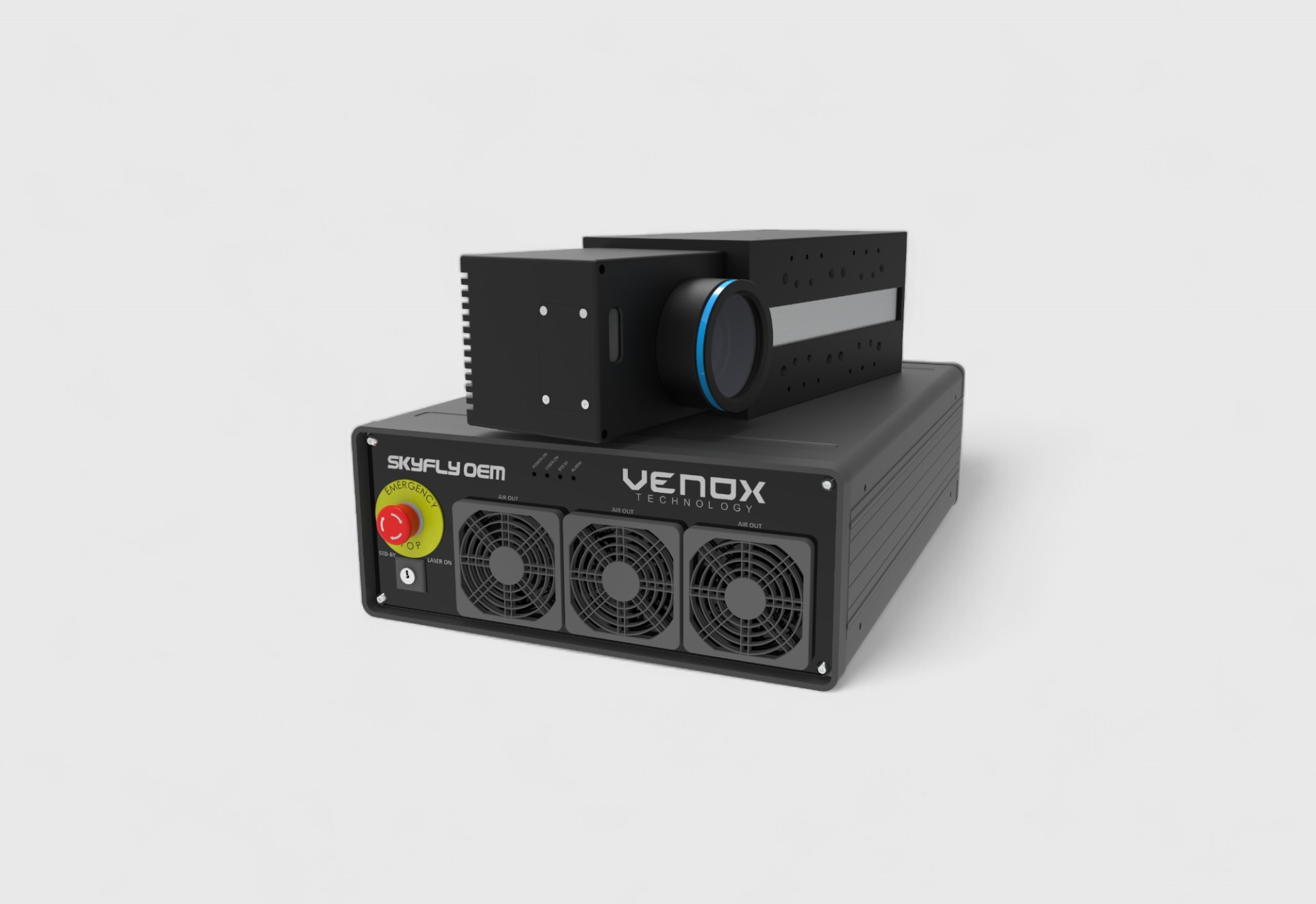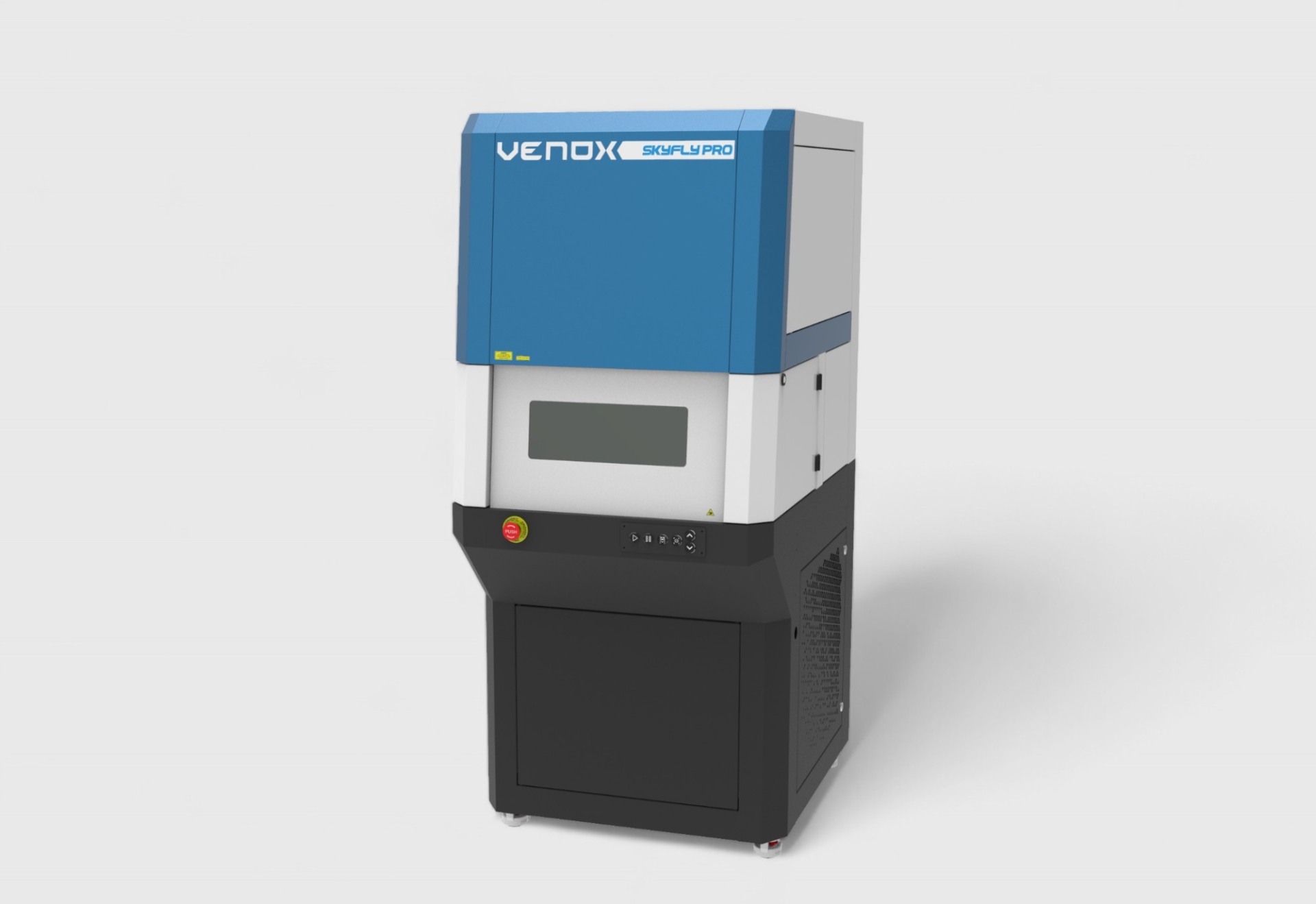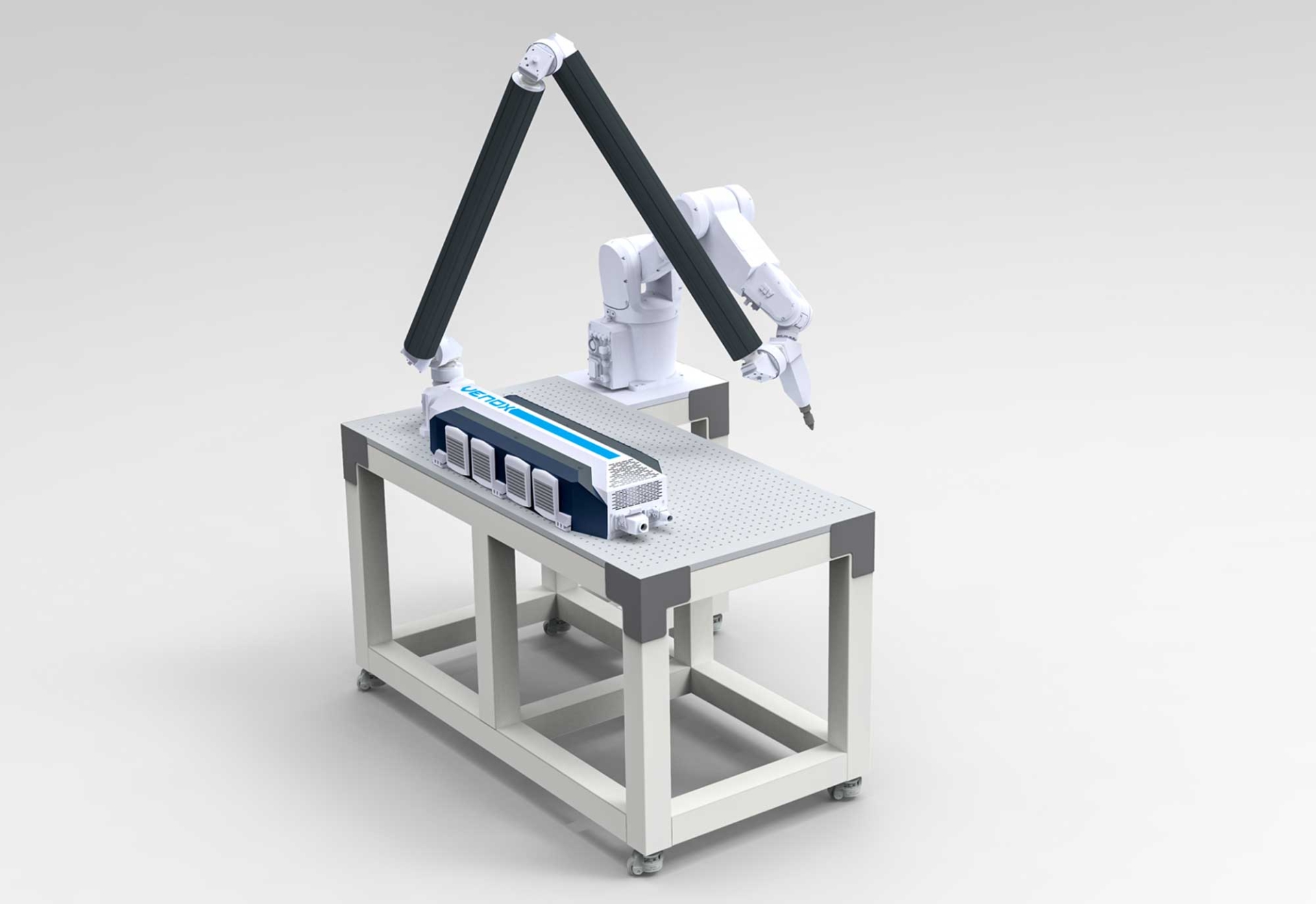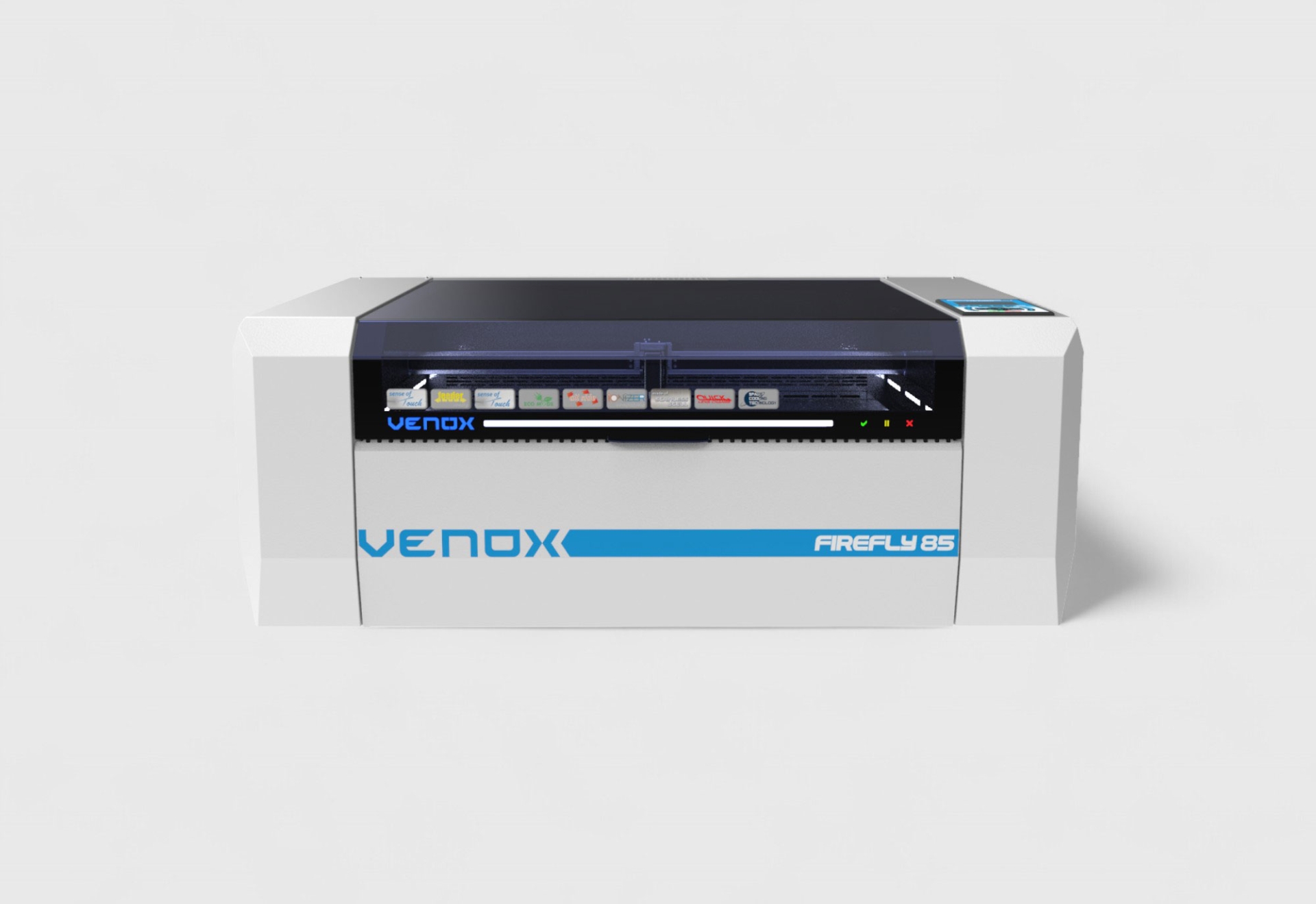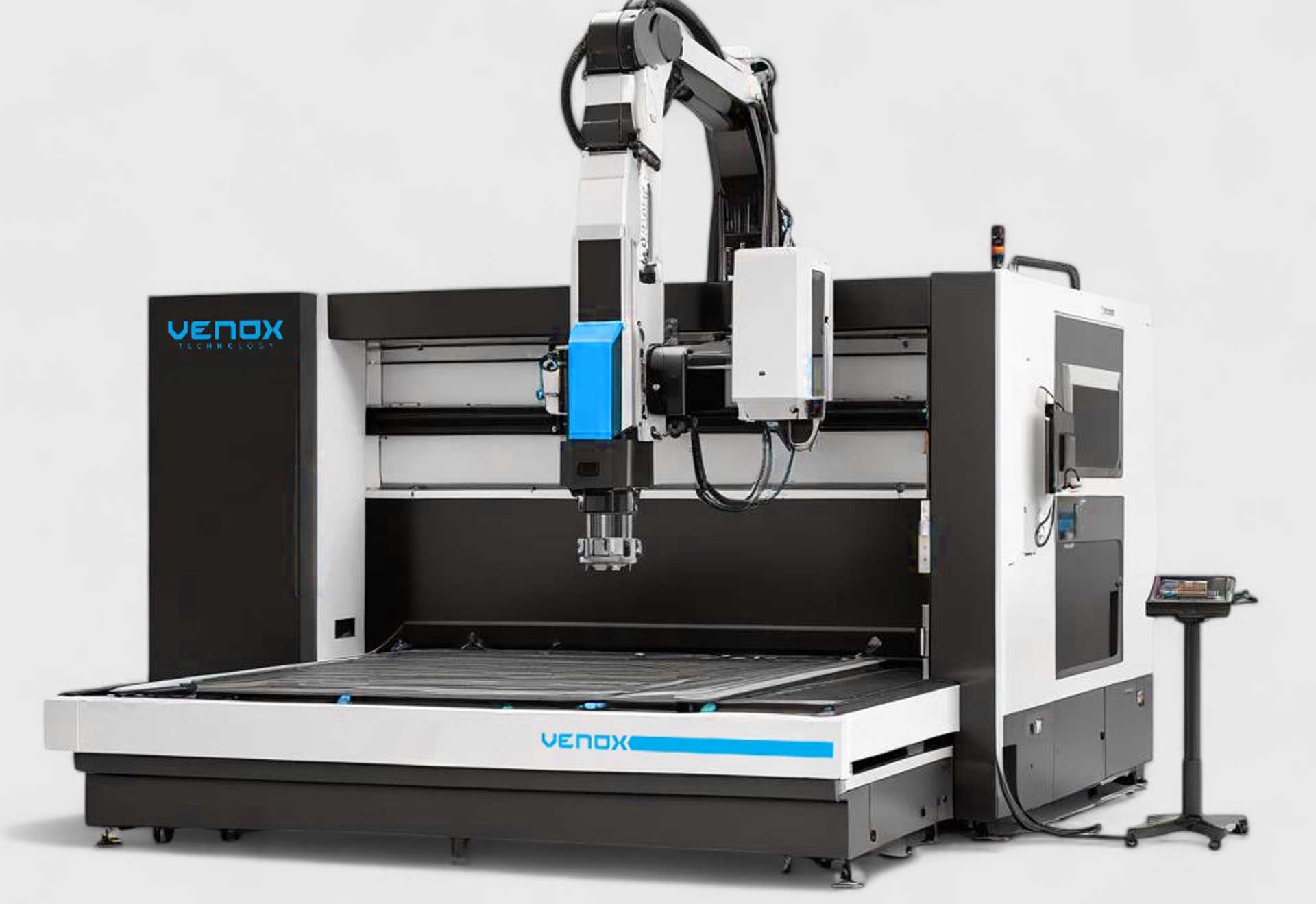There is no single right answer to the question “which technology is more suitable?” in glass projects; variables such as design complexity, thickness, edge-quality expectations, and lead time shape your decision. The Glass sector page is a good starting point to see the industry context and typical use cases.
TL;DR — Quick Comparison Summary
- Waterjet: No thermal effect; strong for thick and complex geometries. Edges may require additional grinding/polishing. Consumables and waste management costs can be high.
- CO₂ laser: Fast with a clean, narrow kerf on thin–medium thickness; can be combined with engraving. Thermal effects and micro-defects must be managed depending on the design.
- CNC diamond: Best edge quality and hole control; a strong choice for aesthetic panels. Cycle time can increase for very fine detail.
Evaluation Criteria
- Edge quality: Chipping and polishing requirements
- Speed & productivity: Time per part, suitability for series production
- Precision & detail: Minimum hole diameter, inner radius, number of pockets
- Thermal effect: Possible impacts on stress, microcracks, and optical performance
- Total cost of ownership (TCO): Energy, consumables, maintenance, waste/logistics
- Thickness range: Behavior of thin, medium, and thick glass
- Lead time and flexibility: Expediting, setup, and changeover times
Technologies: Strengths and Limitations
CO₂ Laser
Provides fast cutting and a narrow kerf on thin–medium thickness glass; can be combined with engraving (marking). Thermal effects should be controlled via design and parameter management. For suitable machine configurations, review the Laser Cutting Systems page.
- Pros: Fast, performs well on fine details, engraving + cutting combinations
- Cons: Thermal effect and micro-defect risk; speed drops on thick glass
- Typical use: Thin/medium glass, decorative and functional parts
Waterjet
Its biggest advantage is the absence of thermal effects. It is strong for very thick glass and complex pocket/hole geometries. Additional grinding/polishing may be required for edge smoothness; consider the cost and environmental impact of water and abrasive (e.g., garnet) consumption.
- Pros: No thermal damage, suitable for thick and complex geometries
- Cons: Additional edge finishing operations, consumable & waste costs
- Typical use: Architectural panels, parts with many holes
CNC Diamond
With diamond tooling, delivers top-tier edge quality and precise control of holes/radii; stands out in architectural and decorative projects with high aesthetic expectations. For very dense fine detail, cycle times can increase. When planning a laser-based workflow, you can see the full machine family here: Laser Cutting and Marking Machines.
- Pros: Best edge quality, excellent control of holes and bottom radii
- Cons: Longer time for very fine, dense details; tool cost
- Typical use: High-visibility work where aesthetic edges are required
Comparison Table
| Criterion | CO₂ Laser | Waterjet | CNC Diamond |
|---|---|---|---|
| Edge Quality | Good (design-dependent); excellent with polishing | Medium; often needs additional grinding/polishing | Very good; most aesthetic result |
| Speed (thin/medium thickness) | High | Medium | Medium |
| Fine Detail/Holes | Good (thermal management is critical) | Very good (no thermal effect) | Very good (hole and radius control) |
| Suitability for Thick Glass | Medium | Very good | Good |
| Thermal Effect | Present (manageable) | None | None |
| TCO (Consumables/Maintenance/Waste) | Medium (optics, fume extraction) | High (water + abrasive + waste) | Medium/High (tooling, maintenance) |
| Engraving Capability | Yes (decorative/marking) | No | No |
Decision Matrix by Use Scenario
| Scenario | Recommended Technology | Note |
|---|---|---|
| Thick architectural panel (≥10–12 mm), many holes/pockets | Waterjet / CNC diamond | No thermal effect; plan additional edge finishing |
| Thin glass + fast prototyping | CO₂ laser | Fast turnaround; thermal management is important |
| Top-tier edge aesthetics | CNC diamond | Showcase quality with polishing/chamfer |
| Engraving + cutting combination projects | CO₂ laser | Ideal for decorative/marking |
| Highly perforated precision parts (pre-temper) | Waterjet / CNC diamond | Hole–edge tolerances are managed safely |
Cost (TCO) Perspective
Total cost of ownership (TCO) is determined not only by time per part but also by energy, consumables (abrasive, tooling), maintenance, waste management, and workflow flexibility.
- CO₂ laser: Energy and optics/fume-extraction maintenance; at high productivity, cost per part can drop.
- Waterjet: Water + abrasive consumption and waste; creates value on thick/complex work.
- CNC diamond: Tool wear and maintenance; consider the revenue impact of premium edge quality.
Choosing the right configuration dramatically affects cost. To see machine families and options, visit the Laser Cutting Systems and Laser Cutting and Marking Machines pages.
Design and File Tips
- Format: DXF/SVG/AI; units in mm, separate cutting–engraving layers
- Hole & edge distances: General guide: hole–edge ≥ 2× thickness; hole–hole ≥ 4× thickness
- Inner corner radius: Preferably ≥ glass thickness; avoid sharp corners
- Edge target: Finishes like polishing/chamfer are separate budget items
- Tempering flow: Cutting/holes/engraving → then temper (post-temper rework is not recommended)
For industry examples and typical applications, see the Glass sector page.
Frequently Asked Questions (FAQ)
Which method yields the lowest chipping?
CNC diamond provides the most aesthetic edge with proper parameters. With laser and waterjet, the target quality can also be achieved via additional polishing/chamfering.
What should be preferred for thick (≥10–12 mm) glass?
Waterjet and/or CNC diamond stand out. The absence of thermal effects and versatility for holes/pockets are advantages.
What is the most suitable technology for engraving + cutting combination projects?
CO₂ laser. It is fast for decorative and marking scenarios; separate the file layers clearly.
Which items drive total cost (TCO)?
Consumables (abrasive, tooling), maintenance, waste management, energy, and cycle times. As productivity increases, cost per part can decrease.
Is laser cutting possible on tempered glass?
Generally no. Cutting/holes/engraving should be done before tempering; post-temper breakage risk is high.
